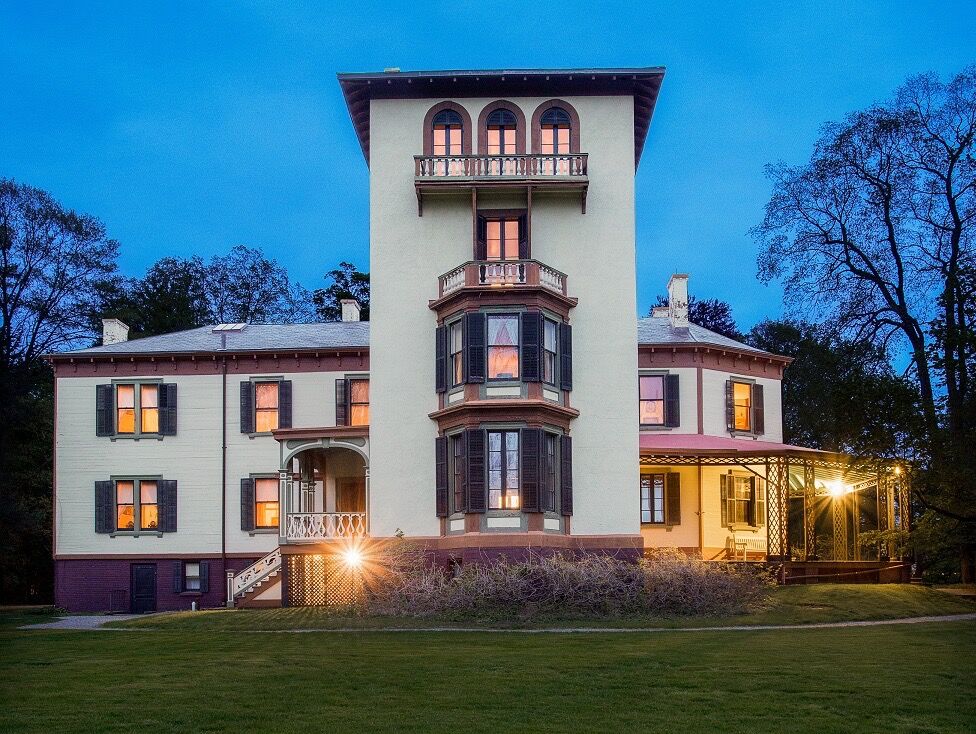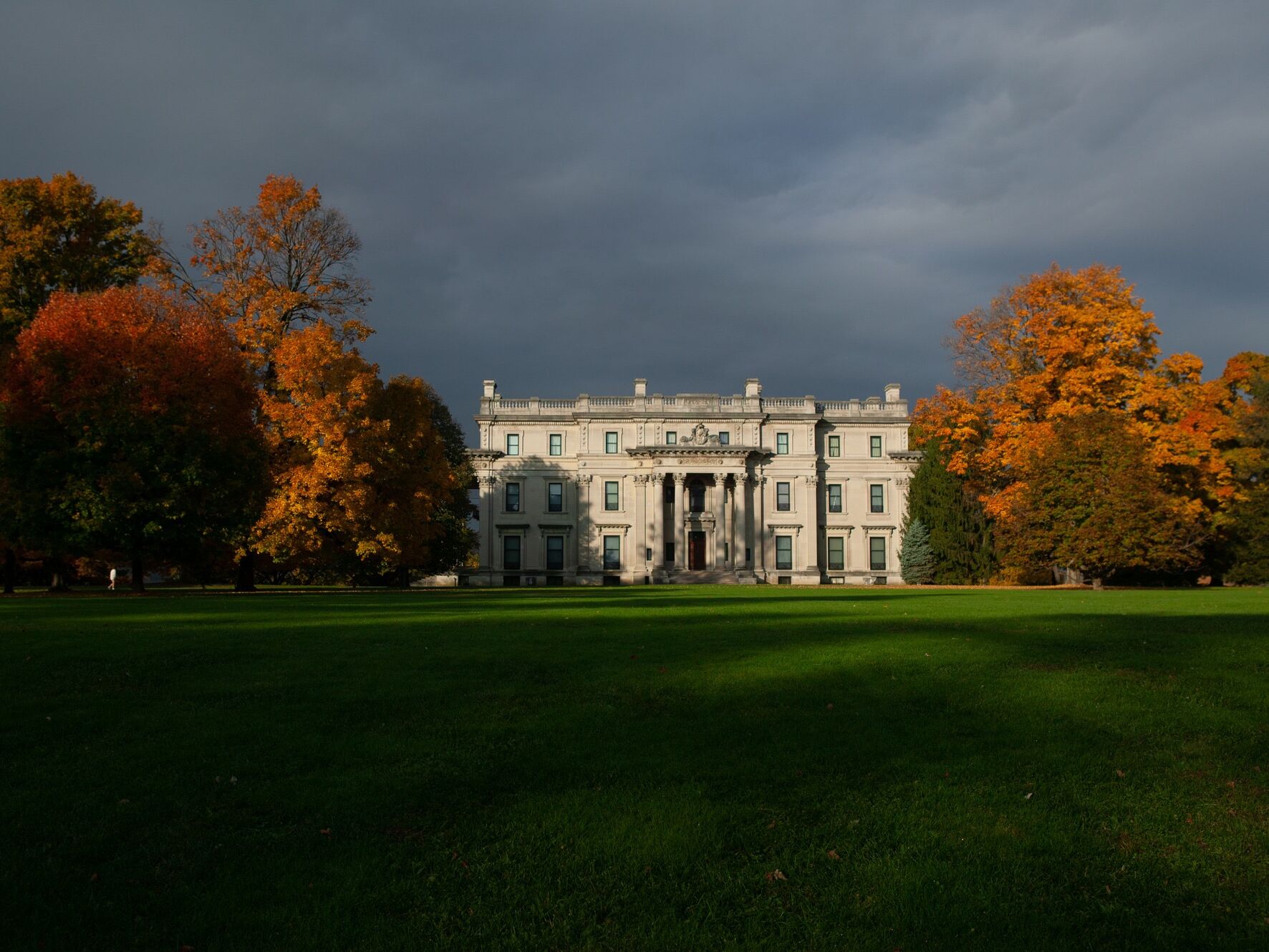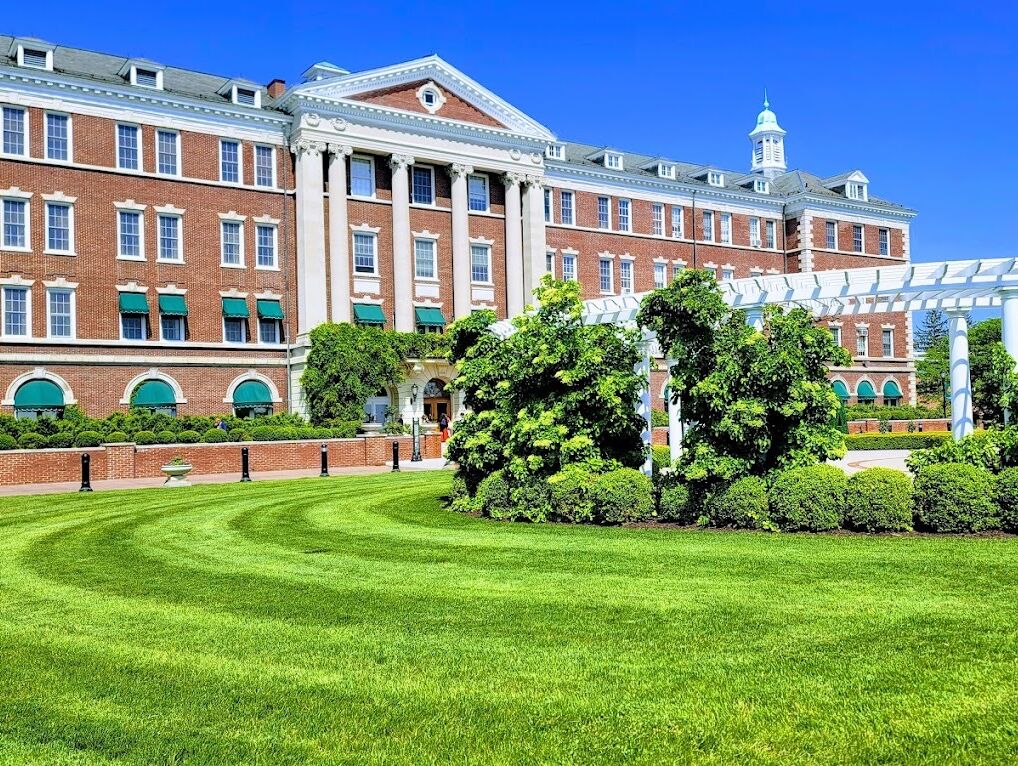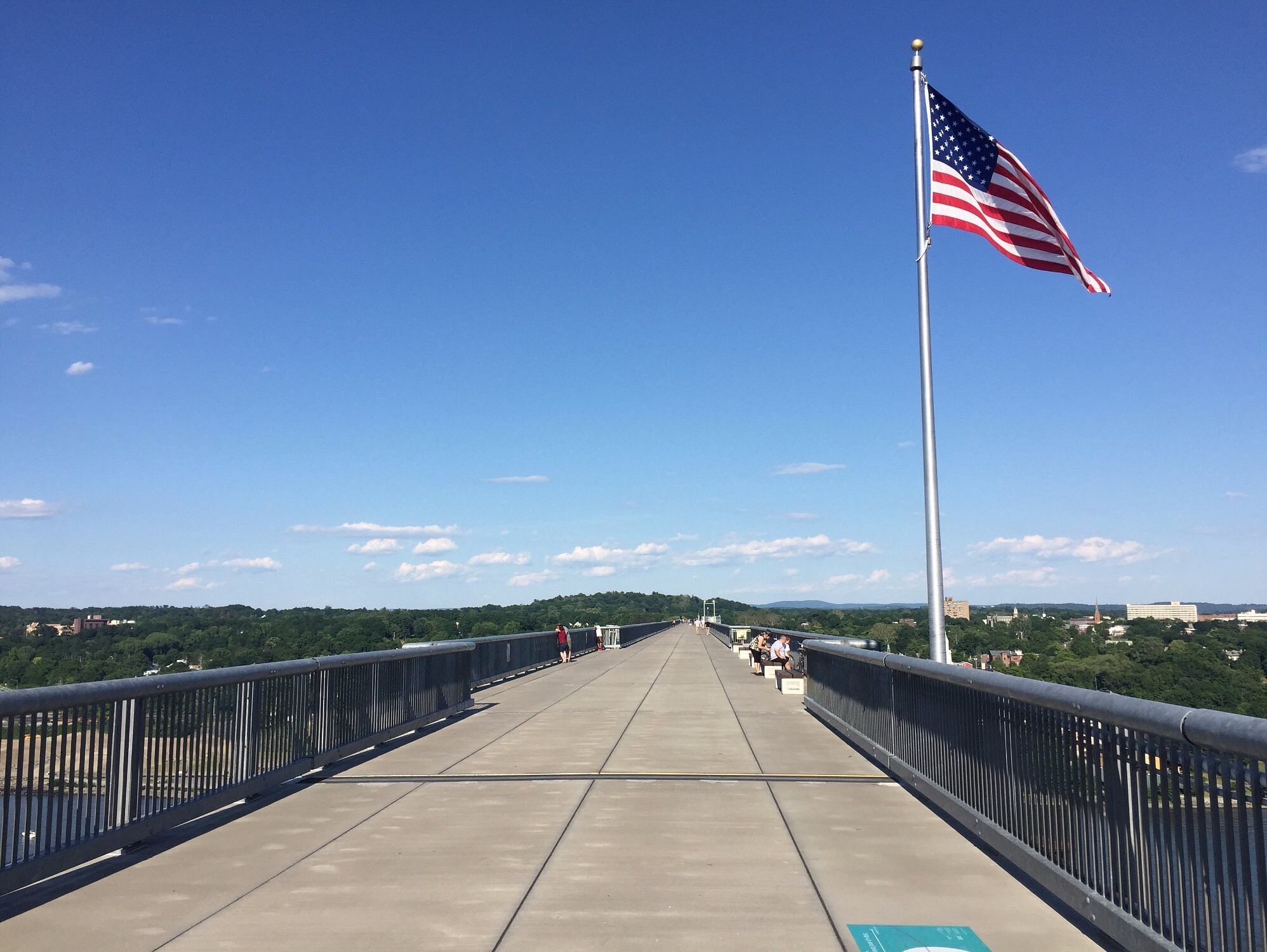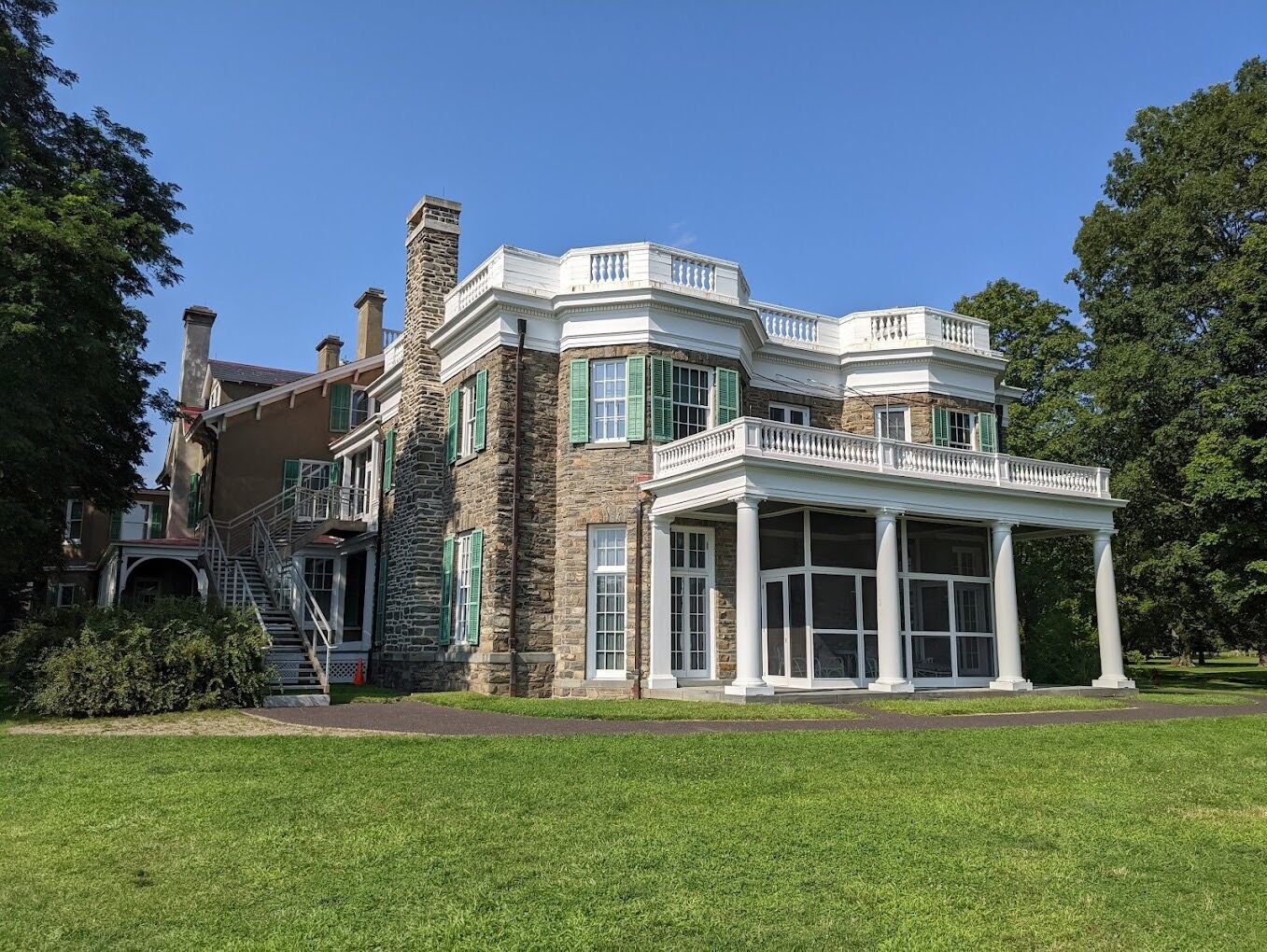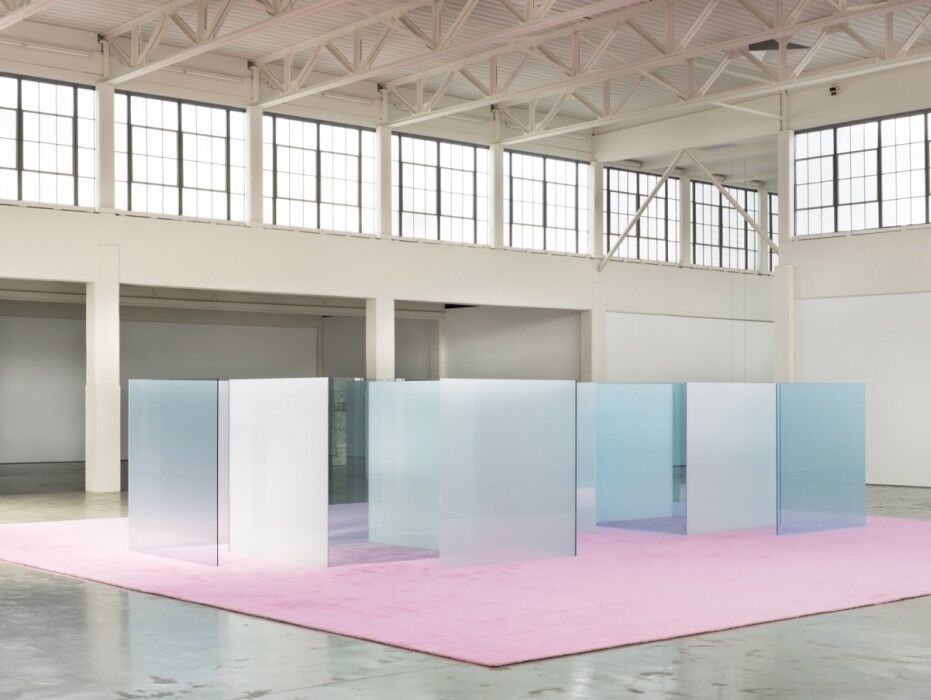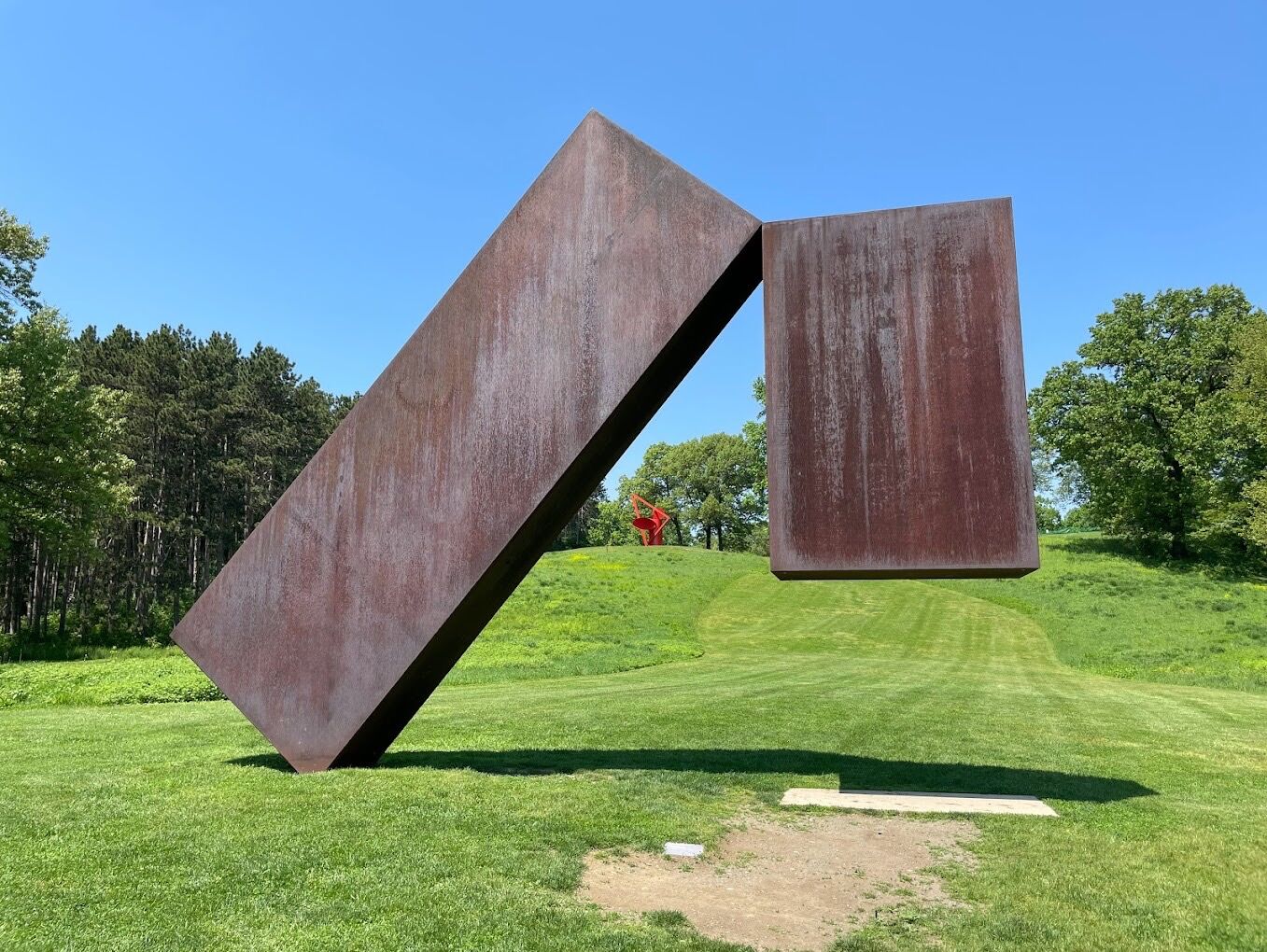
Yimeng & Timothy
Yimeng & Timothy
Locust Grove Estate
The main house at Locust Grove is a villa in the Italianate style designed in 1850 for artist and inventor Samuel F. B. Morse by architect Alexander Jackson Davis. Morse had very clear ideas about what he wanted in what was to be his summer home (he and his family spent winters in New York City, in a townhouse on 22nd Street near Fifth Avenue). While no furnishings survive from the Morse family’s years at Locust Grove, the Museum Pavilion is the home of a permanent exhibit that explores Samuel Morse’s two careers, first as an artist and later as the inventor of the telegraph and Morse Code.
The Morse summer home was renovated and expanded for new owners William and Martha Young. Their daughter, Annette Innis Young, eventually created the not-for-profit educational foundation that preserves the estate as a museum today. The estate opened to the public in 1979 and today features the Young family’s 15,000-piece collection of furniture, paintings, and decorative arts just as they were used in the early years of the 20th century.
The mansion is open for guided tours only, Friday - Monday from April - October. Tour tickets can be purchased in person only, in the Museum Shop, on the day of your tour. Tours are $20/person, maximum group size 8 people. Please call 845-454-4500 to make a reservation for groups with more than 8 guests. It is recommended at least 1 weeks' notice to book a group tour.
There is also a garden, and hiking trails for you to explore on the grounds.
Vanderbilt Mansion National Historic Site
The Vanderbilt Mansion is a home built expressly for the aristocratic lifestyle for a family whose name is the very definition of wealth and privilege. The children of William Henry Vanderbilt—at one time the wealthiest man in America—were the most prolific home builders of their era. The houses, often overbearing in their display of opulence, are a stark contrast to the stately house architects McKim, Mead & White designed for Frederick and Louise Vanderbilt at Hyde Park—an understated masterpiece of American design.
The Culinary Institute of America
CIA is a family of unique restaurants that provide an array of culinary experiences, from modern French to farm-to-table and from authentic Italian to new global flavors. They are united by their common passion for culinary excellence and their relationship to the world-renowned Culinary Institute of America.
American Bounty
With a focus on the seasons and products of the Hudson Valley, contemporary and traditional regional dishes are brought to life at the American Bounty Restaurant in an honest and flavorful way. Rounded out with a first-class American wine list and comfortable warm service, this casually elegant restaurant sets the stage for an unparalleled dining experience in New York’s Hudson Valley.
The Bocuse Restaurant
Sleek and strikingly contemporary, this French restaurant is named for the most famous chef in France, Paul Bocuse. The Bocuse Restaurant re-imagines the execution of classic French cuisine through the lens of ultra-modern cooking techniques, brings a new style of casual yet sophisticated service, and offers a breathtaking architectural interior design.
Ristorante Caterina de’ Medici
Truly authentic regional Italian cuisine takes center stage at Ristorante Caterina de’ Medici, a sophisticated dining room overlooking a stunning herb and rose garden, and the Hudson River. Dining at this grand Tuscan-style villa is a culinary escape to another world without ever having to leave the beautiful Hudson Valley.
Post Road Brew House
Experience elevated gastropub fare and CIA’s own craft beer selections, in a warm, relaxed, and comfortable setting. Perfect for gathering with friends, date night, or hanging out with family, Post Road Brew House is an excellent addition to CIA’s world-class dining experiences in New York. Reservations not required.
Apple Pie Bakery Café
Enjoy classic café favorites and new crave-worthy sweet and savory selections prepared by CIA students under the instruction of world-class faculty. Currently, we are offering takeout only. We welcome you to enjoy your food in our dining room, but please note that no table service will be provided.
CIA Brewery
CIA’s brewery is primarily a classroom where bachelor’s-level students learn about the ingredients, equipment, and techniques required to produce ales and lagers. It was created in 2015 in partnership with Brooklyn Brewery, whose brewers and business executives often serve as guest lecturers. The class helps future food professionals think differently about beer, elevating its status as a fine beverage on a level with wine.
Walkway Over the Hudson
The World's Longest Elevated Pedestrian Bridge
Walkway Over the Hudson (formerly known as the Poughkeepsie Bridge,Poughkeepsie Railroad Bridge, Poughkeepsie–Highland Railroad Bridge, and High Bridge) is a steel cantilever bridge spanning the Hudson River between Poughkeepsie, New York, on the east bank and Highland, New York, on the west bank. Built as a double track railroad bridge, it was completed on January 1, 1889, and formed part of the Maybrook Railroad Line of the New York, New Haven and Hartford Railroad.
It was taken out of service on May 8, 1974, after it was damaged by fire. It was listed on the National Register of Historic Places in 1979, and its entry updated in 2008. The bridge was designated as a National Historic Civil Engineering Landmark by the American Society of Civil Engineers in 2009.
It was reopened on October 3, 2009, as a pedestrian walkway as part of the new Walkway Over the Hudson State Historic Park.
Home of Franklin D. Roosevelt National Historic Site
Home to the 32nd and longest-serving president of the United States, Franklin D. Roosevelt returned to Hyde Park often, drawing on this place to renew his spirit during times of personal and political crisis. Explore the Roosevelt saga in the homes of Franklin and Eleanor Roosevelt, the exhibits at the nation’s first Presidential Library, and over a thousand acres of gardens and trails.
Dia Beacon
Occupying a former Nabisco box-printing factory on the banks of the Hudson River, Dia Beacon presents the majority of Dia’s collection of art from the 1960s to the present as well as special exhibitions, new commissions, and public and education programs.
The original building had many key design elements that made it an appealing site for contemporary art, including broad spans between supporting columns and more than 34,000-square-feet of skylights. Today these skylights provide natural light in the galleries and have uniquely established Dia Beacon as a “daylight museum.”
Dia invited artist Robert Irwin to conceive the master plan for a twenty-first-century museum that retained the original character of the factory’s interior spaces. Irwin also designed seasonally changing gardens throughout the surrounding landscape. Following the renovation, Dia Beacon was added to the National Register of Historic Places.
Storm King Art Center
Storm King Art Center is a 500-acre outdoor museum located in New York’s Hudson Valley, where visitors experience large-scale sculpture and site-specific commissions under open sky. Since 1960, Storm King has been dedicated to stewarding the hills, meadows, and forests of its site and surrounding landscape. Building on the visionary thinking of its founders, Storm King supports artists and some of their most ambitious works. Changing exhibitions, programming, and seasons offer discoveries with every visit.
